Wade into Estuary Recreation at a Research Reserve
The Takeaway: Paddling azure waterways. Casting a line for that delectable campsite dinner. Spying an elusive warbler in a birder’s paradise. These adventures and many more await.
The national estuarine research reserves provide an array of recreational opportunities for visitors to explore the wild wonders of coastal estuaries. Not only are the views spectacular, but outdoor recreation is great for the mind and soul. So wade into one of the 30 estuarine reserves covering 1.4 million acres in 25 U.S. states and Puerto Rico, and enjoy these recreational opportunities.
Paddling
Water and estuaries go together, making paddling a popular pastime at research reserves on every coast. Enjoy kayaking or canoeing along the shallow-water marshlands of the Mississippi Grand Bay Reserve. A paddler’s-eye view of landscapes could be very different, and dolphins, manatees, sea turtles, and waterfowl may appear along the way. So get out and explore. Many reserves provide accessible launch sites for people with a range of physical abilities.
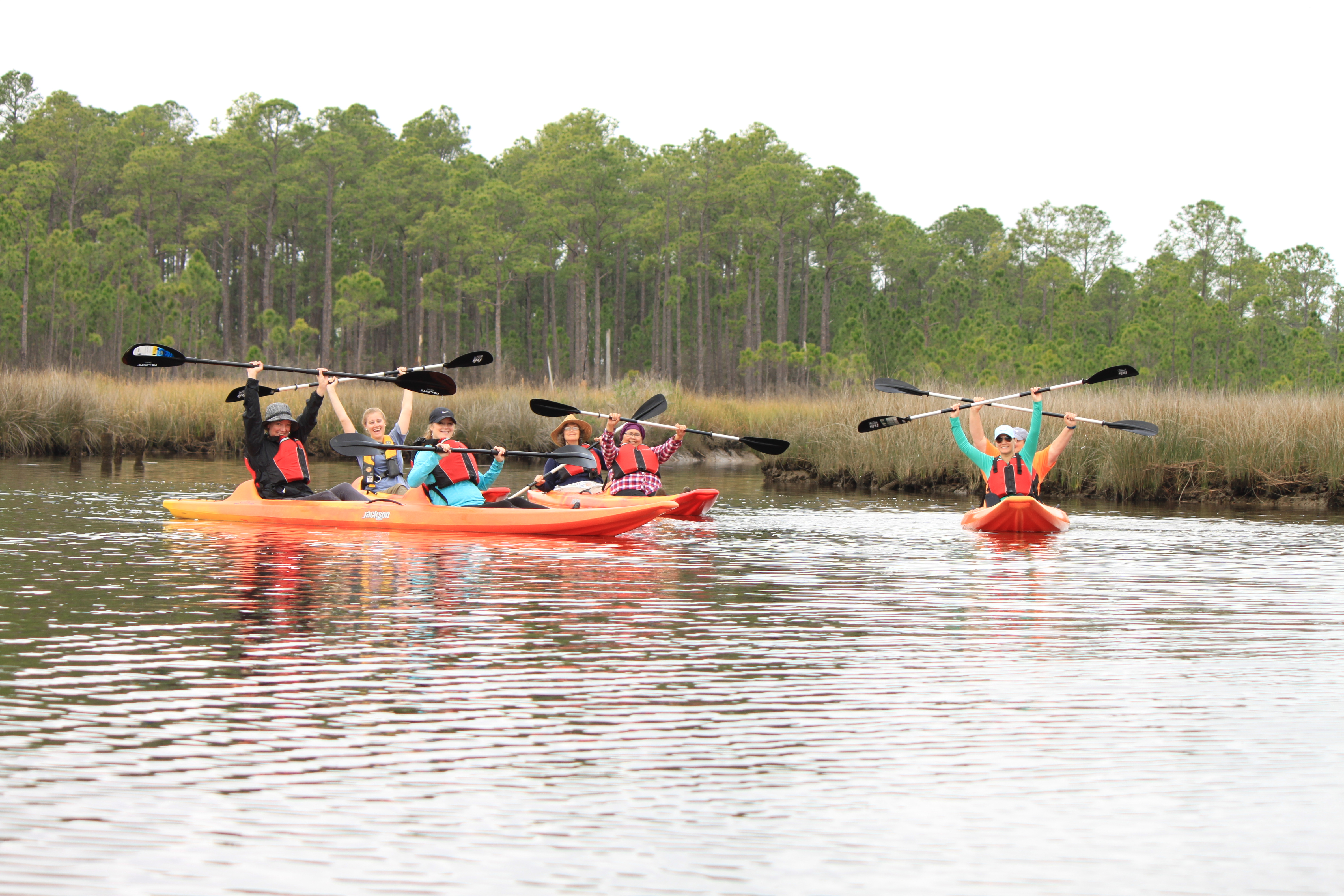
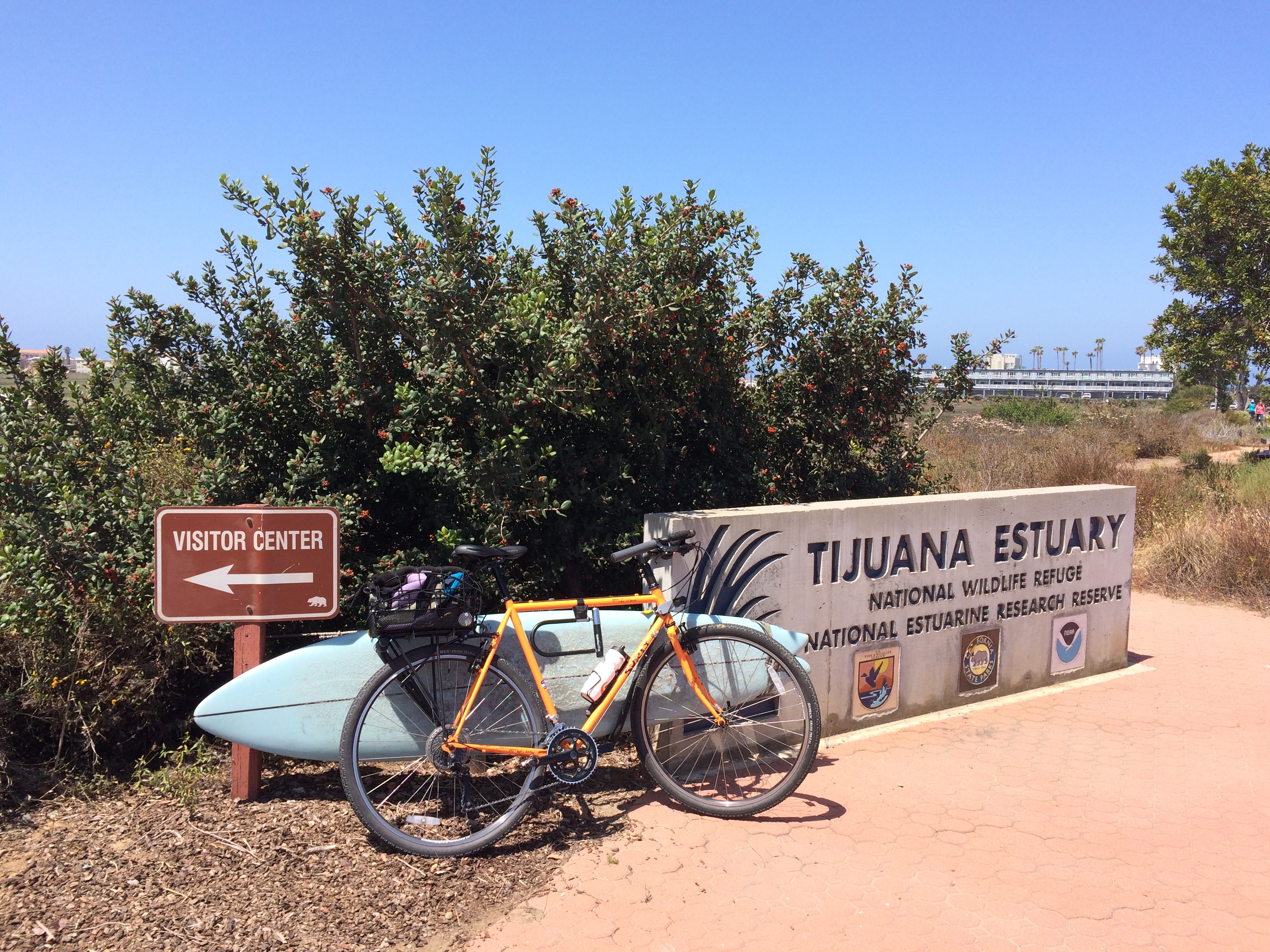
Biking
Several reserves have trails made for biking. So pack the family and the bikes, or enjoy the peace of a solo ride and explore a reserve from your own set of wheels. At the Tijuana River Reserve in southern California, fans of the outdoors even strap their surfboards to their bikes and ride to the beach to ride the waves.
Fishing
Estuaries are teeming with fish, crabs, oysters, and other tasty treats, and are often popular destinations for commercial and recreational fishing. A number of national estuarine research reserves allow fishing and easy access. Rookery Bay Reserve in Florida not only provides fishing opportunities, but enthusiasts can relax on the beach or from the comfort of their watercraft while doing so. Be sure to obtain the proper fishing license before casting that line.

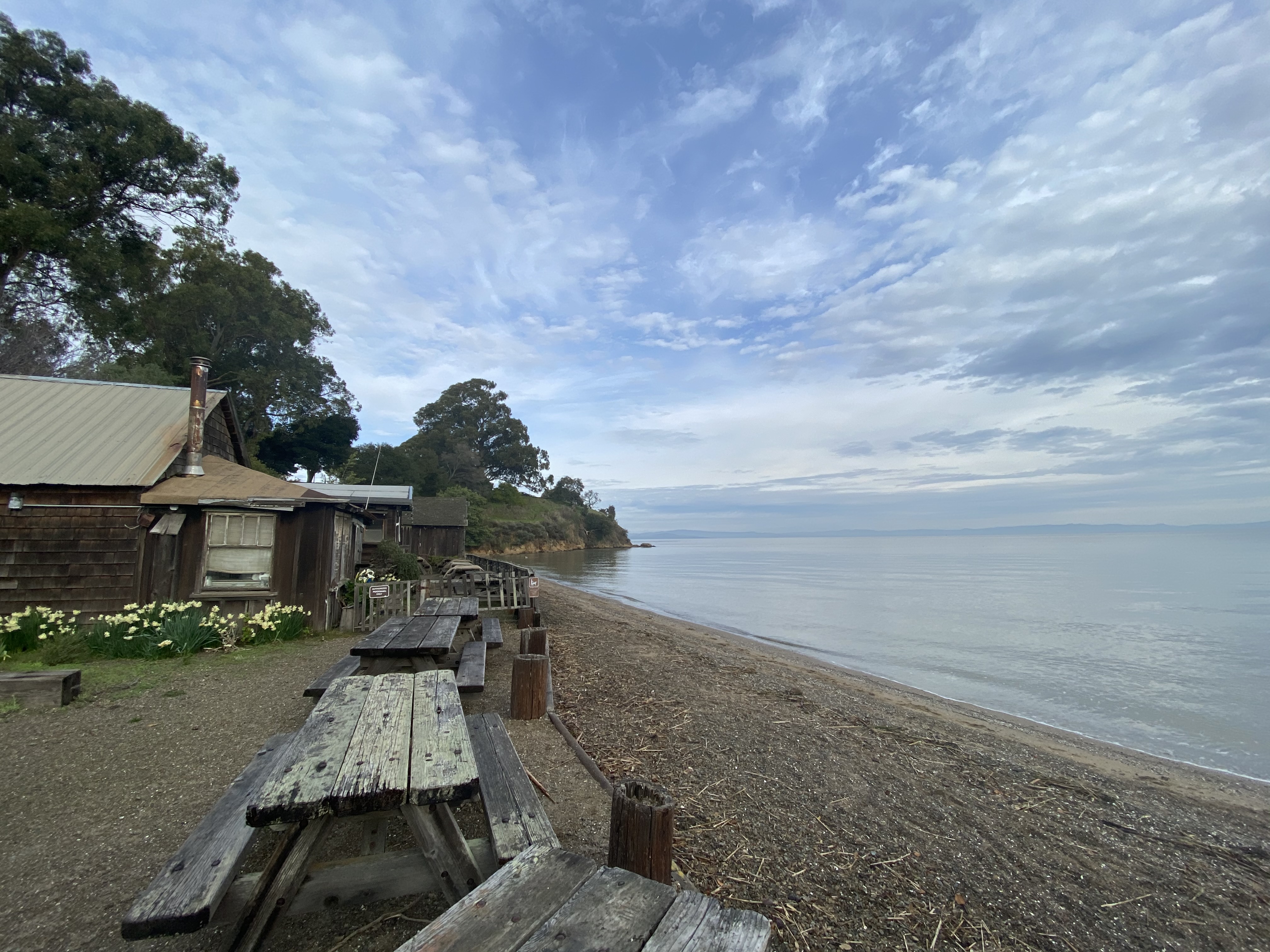
Swimming
Don’t just wade ankle-deep in the water when visiting a beach at a national estuarine research reserve. Don a swimsuit, pack a lunch, and spend the day. Several reserves have overlapping boundaries with state parks that feature beach access and amenities. In addition to swimming opportunities, China Camp State Park—one component of the San Francisco Bay Reserve in California—offers fishing, campsites, and horseback riding, as well as biking and hiking trails.
Birding
If you don’t want to actually get your feet wet, try to spot other “waders” in the estuary. It’s hard to miss the pink hues and distinctive bill of this roseate spoonbill. This creature was spotted catching its dinner at the Guana Tolomato Matanzas Reserve in Florida. Bring your binoculars, because not all birds are so easy to spot. Many reserves are located along migratory flyways, through which flocks of birds travel each fall and spring.


Hiking
Whether you plan to wade in or keep your feet dry, hiking trails within the reserves are just as diverse as they are across the whole system. Meander through the South Slough Reserve riparian forest in Oregon; stroll along the marsh walk at Jacques Cousteau Reserve in New Jersey; wander through the dry forest to the restoration pond at Jobos Bay Reserve in Puerto Rico; or roam the longest freshwater sandbar in the world at Lake Superior Reserve in Wisconsin.
Horseback Riding
Our equine friends enjoy recreational opportunities at the reserves, too. Several reserves boast horse trails, for those who would rather take in the view from the back of a noble steed. The Connecticut Reserve, our newest estuary in the reserve system, provides this opportunity, as do other reserves. Check with your local reserve to see if this equine option is available to you.
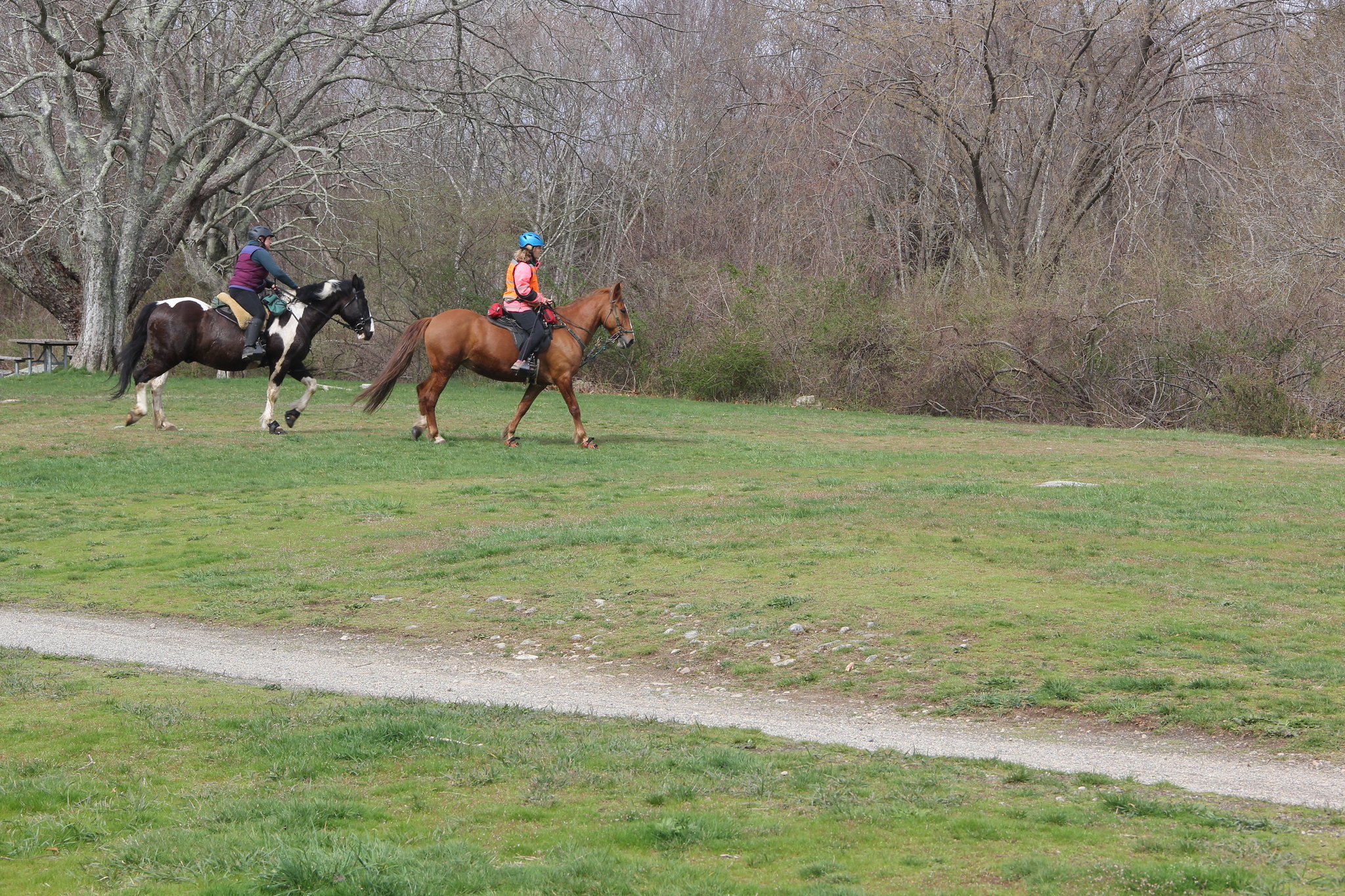
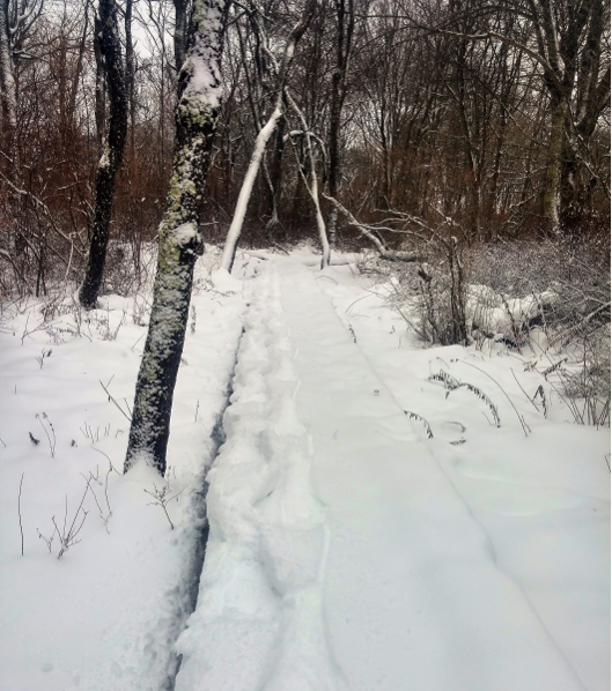
Winter Sports
In some locations, the winter months might be too cold to get your feet wet, but try cross-country skiing and snowshoeing at some of the northern destinations. The Wells Reserve in Maine has seven miles of trails that are open year-round for hiking, cross-country skiing, and snowshoeing. The scenery, covered in a blanket of snow, is a magical, wintry wonderland.
View the map on this page to search for recreational opportunities at a nearby reserve. (2022)
Partners: National Estuarine Research Reserve System and the Connecticut, Grand Bay, Guana Tolomato Matanzas, Jacques Cousteau, Jobos Bay, Lake Superior, Rookery Bay, San Francisco Bay, South Slough, Tijuana River, and Wells Research Reserves.
PRINT